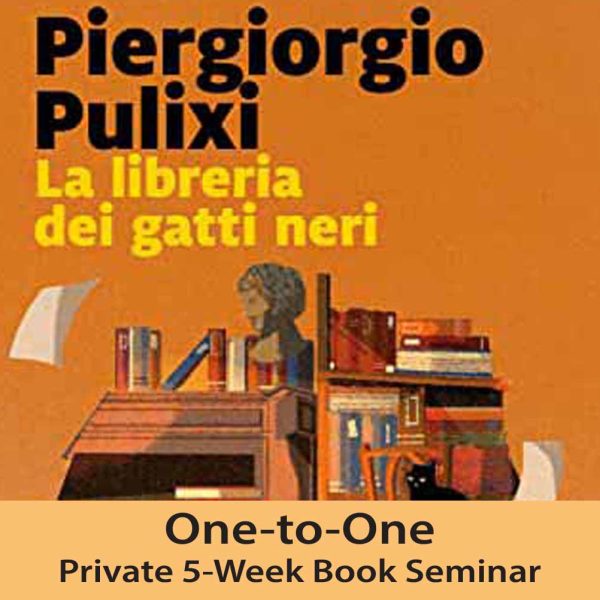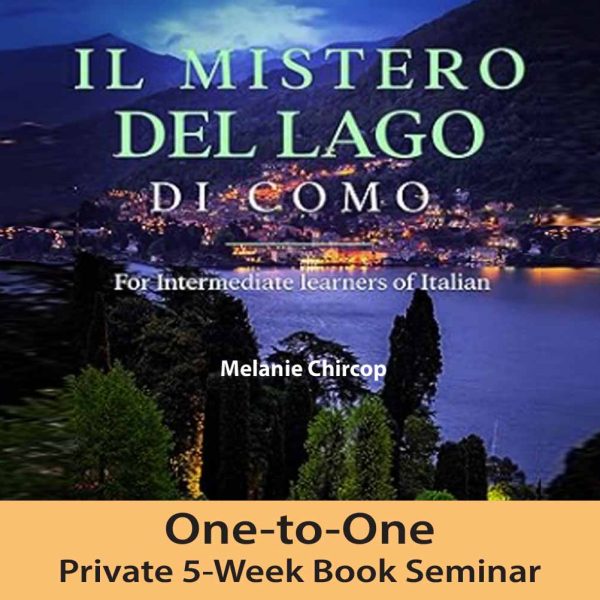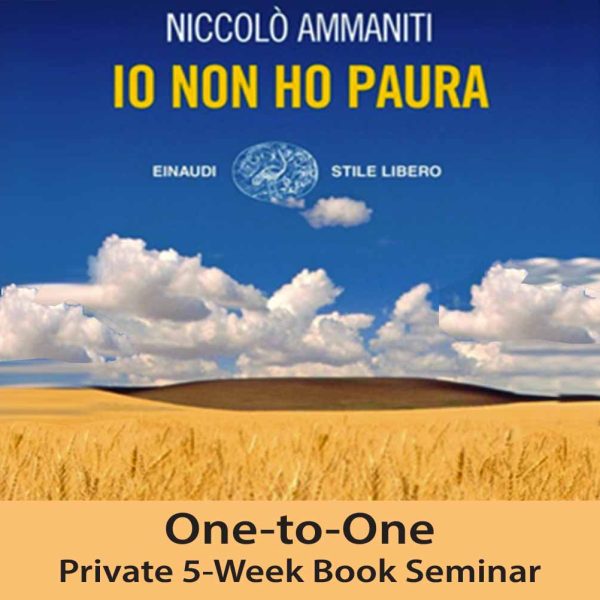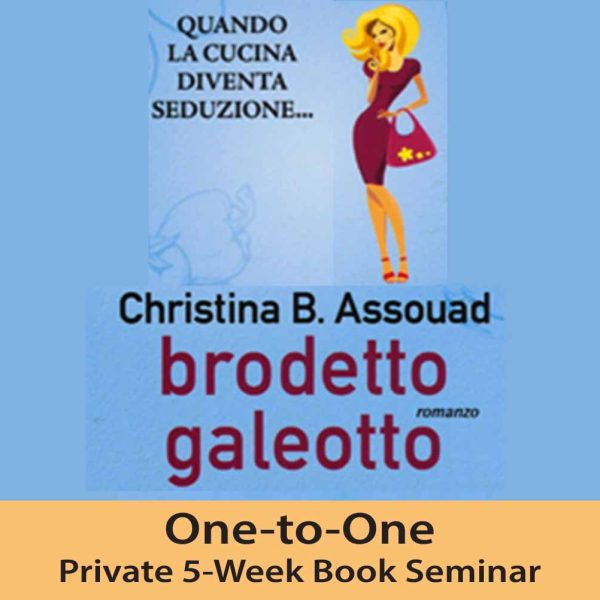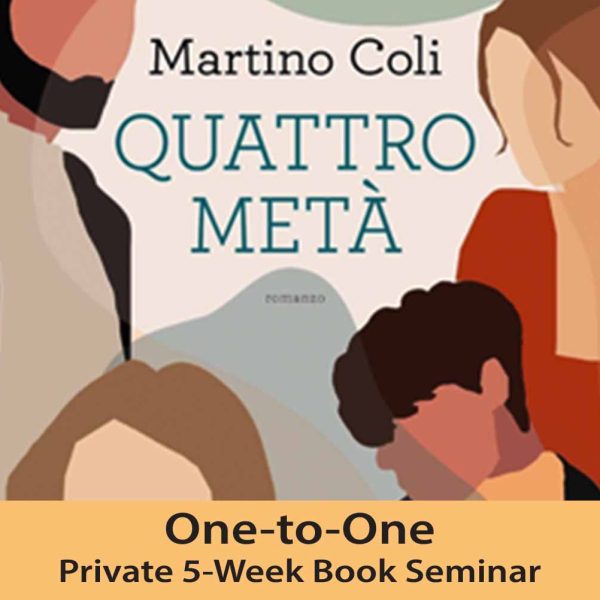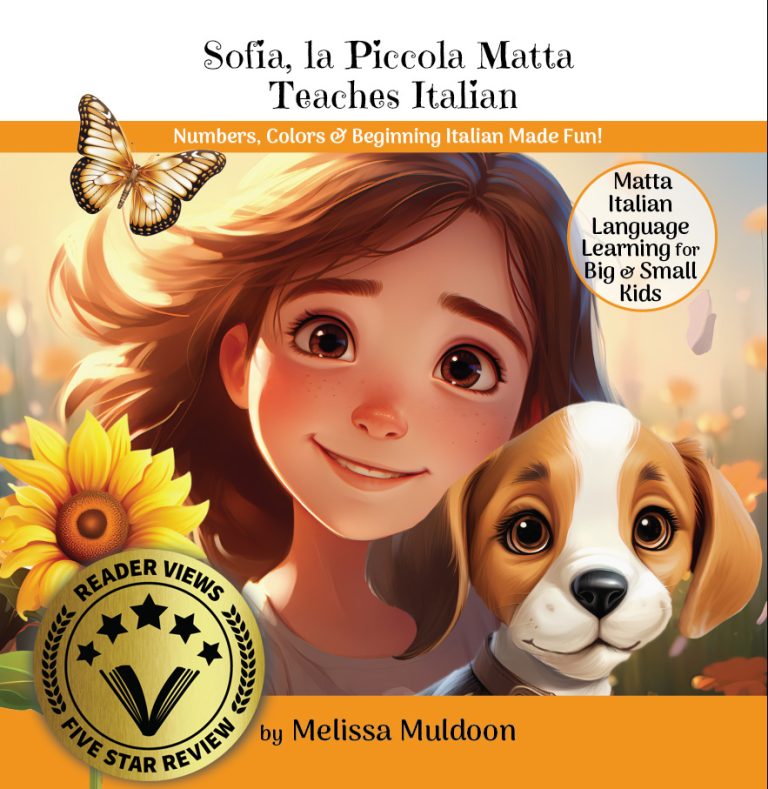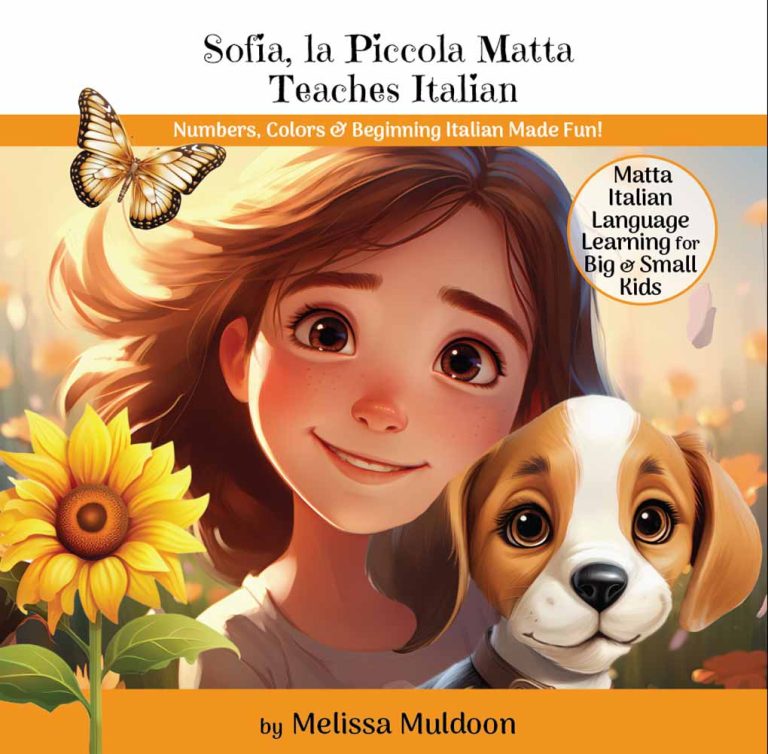
Leggere un romanzo in italiano: strategie per studenti di lingua
Reading a Novel in Italian: Strategies for Language Learners
Immergersi in un romanzo in italiano: un’avventura linguistica!
Get ready to read an Italian Novel: A Linguistic Adventure!
Leggere un romanzo in italiano è un’esperienza immersiva che aiuta a migliorare la comprensione della lingua, arricchire il vocabolario e approfondire la cultura italiana. Ma può anche essere una sfida, soprattutto per chi è alle prime armi! Ecco alcune strategie per affrontare la lettura con successo, godendosi il viaggio senza stress.
Reading a novel in Italian is an immersive experience that helps improve language comprehension, expand vocabulary, and deepen knowledge of Italian culture. But it can also be a challenge, especially for beginners! Here are some strategies to tackle reading successfully while enjoying the journey without stress.
10 Key Strategies for Reading a Novel in Italian
10 strategie chiave per leggere un romanzo in italiano

1. Set a realistic reading pace
Read a few pages or chapters at a time without rushing.
Non cercare di divorare il libro tutto in una volta! Scegli un ritmo che sia adatto al tuo livello e decidi quanti capitoli o pagine leggere ogni giorno. Accetta il fatto che non capirai ogni singola parola—e va bene così! Concentrati sul significato generale della storia piuttosto che sui dettagli minori.
Don’t try to devour the book all at once! Choose a pace that suits your level and decide how many chapters or pages to read each day. Accept that you won’t understand every single word—and that’s okay! Focus on the overall meaning of the story rather than minor details.
Tip: It’s okay to feel frustrated at times! Stay patient and remind yourself that learning happens through exposure.

2. Use context clues
Guess the meaning of unknown words before looking them up.
Prima di consultare il dizionario, prova a indovinare il significato delle parole sconosciute utilizzando il contesto. Spesso gli autori ripetono parole ed espressioni chiave per sottolineare temi importanti, quindi prestare attenzione a questi schemi può migliorare la comprensione. Inoltre, individuare chi sta parlando e comprendere l’evento principale prima di concentrarsi sui dettagli minori ti aiuterà a cogliere il senso generale in modo più efficace.
Before reaching for a dictionary, try to guess the meaning of unfamiliar words using the context. Often, authors repeat key words and phrases to emphasize important themes, so paying attention to these patterns can improve comprehension. Additionally, identifying who is speaking and understanding the main event before focusing on smaller details will help you grasp the overall meaning more effectively.
Tip: If a word appears frequently, it’s likely important. Try to remember it naturally rather than translating each time. In the novel Il Treno dei Babmin, for instance words like “Appartenenza,” “Rimpianto”, “Scelte,” “Perdono.”

3. Keep a vocabulary journal
Write down new words, expressions, and phrases in Italian.
Annota le nuove parole ed espressioni che incontri durante la lettura. Scrivi la definizione in italiano anziché tradurle direttamente nella tua lingua. Raggruppa i termini per temi (emozioni, famiglia, cibo) per memorizzarli più facilmente e prova a creare frasi personali per usarli nel contesto.
Write down new words and expressions you encounter while reading. Note their definition in Italian instead of directly translating them. Group terms by themes (emotions, family, food) to memorize them more easily and try creating personal sentences to use them in context.
Tip: Instead of memorizing isolated words, learn phrases in context. For example, instead of just “fiducia” (trust), write “avere fiducia in qualcuno” (to trust someone).

4. Practice Active Reading
Underline key passages, summarize chapters, and ask yourself questions.
Non limitarti a leggere passivamente! Sottolinea frasi importanti, fai domande su ciò che hai letto e prova a riassumere il capitolo in poche frasi. Pensa a domande come: Chi sono i protagonisti? Qual è il conflitto principale? Come si sente il personaggio principale?
Don’t just read passively! Underline important sentences, ask questions about what you’ve read, and try summarizing the chapter in a few sentences. Think about questions like: Who are the main characters? What is the central conflict? How does the protagonist feel? *
Tip: Reading is more effective when combined with speaking—try to explain the story aloud to reinforce comprehension.

5. Focus on Dialogue & Common Expressions
Learn common idiomatic expressions and conversational structures.
I dialoghi nei romanzi sono una finestra sul linguaggio parlato quotidianamente. Fai attenzione alle espressioni colloquiali e agli idiomi tipici dell’italiano. Se trovi frasi particolari, prova a ripeterle ad alta voce e a usarle nelle tue conversazioni.
Dialogues in novels are a window into everyday spoken language. Pay attention to colloquial expressions and typical Italian idioms. If you find interesting phrases, try repeating them out loud and using them in your conversations.
Tip: Keep a list of useful phrases and practice using them in conversations or writing exercises.

6. Listen to the audiobook
Improve pronunciation and rhythm by following along as you read.
Se il libro ha una versione audiolibro, usala per migliorare la pronuncia e il ritmo della lingua. Il metodo shadowing è ottimo: ascolta una frase, metti in pausa e ripetila cercando di imitare l’intonazione del narratore.
If the book has an audiobook version, use it to improve pronunciation and rhythm. The shadowing method is great: listen to a sentence, pause, and repeat it while trying to mimic the narrator’s intonation.
Tip: If the audiobook feels too fast, listen at a slower speed (many platforms allow speed adjustment).

7. Read aloud
Boost fluency and confidence by practicing pronunciation.
Leggere ad alta voce aiuta a migliorare la fluidità e l’accento. Registra la tua voce e confrontala con quella di un madrelingua per notare eventuali differenze. Se una frase ti sembra difficile, dividila in parti più piccole e rileggila più volte.
Reading aloud helps improve fluency and accent. Record yourself and compare it to a native speaker to notice any differences. If a sentence feels difficult, break it into smaller parts and read it multiple times.
Tip: If a sentence feels difficult, break it down into smaller chunks and read slowly before building fluency.

8. Discuss the book
Join a book club (Hello! Join the Matta Book club!)
or find a partner to talk about the plot and characters.
Unisciti a un gruppo di lettura o trova un partner linguistico per parlare della trama e dei personaggi. Anche spiegare il libro ad alta voce, come se stessi raccontandolo a un amico, aiuta a interiorizzare la lingua e migliorare la tua capacità di espressione.
Join a book club or find a language partner to discuss the plot and characters. Even explaining the book out loud, as if telling a friend, helps internalize the language and improve your speaking skills.
Tip: Even if you don’t have a study group, try talking to yourself about the book as if you were explaining it to a friend.

9. For difficult passages Use summaries and Reader Question Guides
If a passage is too difficult, look for a summary in Italian or English before rereading.
Melissa offre Reader Notes ai membri del Book Club completi e domande di discussione accuratamente selezionate, sia in italiano che in inglese, per guidarti attraverso lo sviluppo della trama. Inoltre, avrai accesso a un’ampia lista di vocaboli che include parole chiave, espressioni idiomatiche e dialetti regionali. In questo modo, non solo parteciperai a un’animata discussione di un’ora con altri lettori, ma riceverai anche il supporto e le spiegazioni necessarie per approfondire la comprensione del testo.
Melissa offers comprehensive Reader Notes to Matta Book Club Readers and carefully curated discussion questions in both Italian and English, guiding you through the unfolding plot. Additionally, you’ll have access to an extensive vocabulary list featuring key words, idiomatic expressions, and regional dialect. This way, you’ll not only engage in a dynamic hour-long discussion with fellow readers, but also receive the support and explanations you need to deepen your understanding of the text.
Tip: Join the matta italian Book Club for reader guides, translations, vocabulary glossaries!

10. Enjoy an Italian Novel Without Stress!
The most important thing? Have fun!
La cosa più importante? Divertiti! Scegli un libro che ti appassiona e concentrati sulla bellezza della storia. Non preoccuparti di capire ogni singola parola: la comprensione migliora con il tempo e l’esposizione continua.
The most important thing? Have fun! Choose a book that excites you and focus on the beauty of the story. Don’t worry about understanding every single word—comprehension improves with time and continuous exposure.
Tip: Remember, reading in Italian isn’t just about learning—it’s about experiencing the language and culture in a deeper way!
2025 Matta Italian Book Club starts the first week of March.
We are reading “Il treno dei Bambini” by Viola Ardone

Il Treno dei Bambini è un romanzo storico ambientato nell’Italia del dopoguerra. Segue la storia di Amerigo Speranza, un bambino di sette anni di Napoli, che viene mandato al nord su un treno nell’ambito di un’iniziativa reale che trasferiva i bambini poveri del sud presso famiglie più benestanti del nord. Attraverso la voce innocente ma acuta di Amerigo, il romanzo esplora temi come l’identità, l’appartenenza e il contrasto tra povertà e opportunità. Crescendo, Amerigo deve conciliare il suo passato con il presente, dando vita a una toccante riflessione sull’amore, la famiglia e le scelte che ci definiscono.
Il Treno dei Bambini (The Children’s Train) is a historical novel set in post-World War II Italy. It follows Amerigo Speranza, a seven-year-old boy from Naples, who is sent north on a train as part of a real-life initiative that relocated impoverished southern children to more affluent northern families. Through Amerigo’s innocent yet perceptive voice, the novel explores themes of identity, belonging, and the contrast between poverty and opportunity. As he grows, Amerigo must reconcile his past and present, leading to a poignant reflection on love, family, and the choices that shape us.


